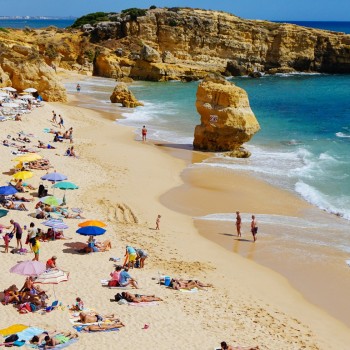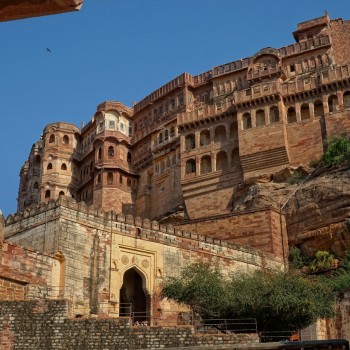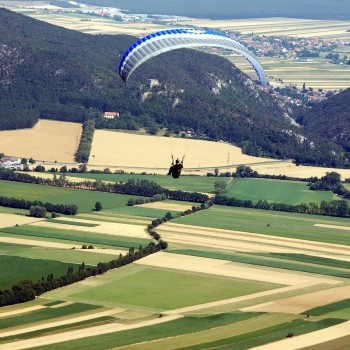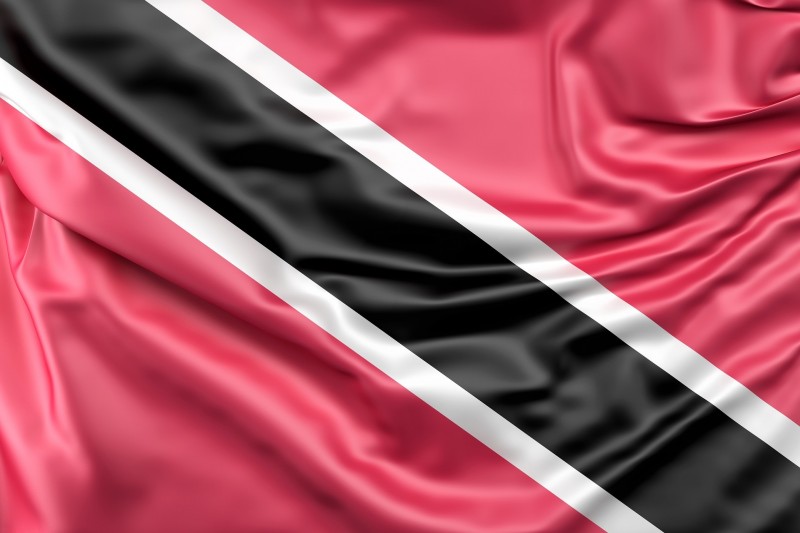Trinidad and Tobago
Trinidad and Tobago
Capital city description
Port-of-Spain in Trinidad and Tobago's capital city and chief port, southeastern West Indies. It is on the west coast of the island of Trinidad, below the northern peninsula on the Gulf of Paria, which separates the island from the northeastern coast of Venezuela. The city is geometric patterns with parks and squares; residential suburbs are on the hills behind Port of Spain. The center of the town is the business district, near the Gothic-style Holy Trinity Cathedral and the Queen's Park Savannah—the city's most significant open space and a popular site for recreation. From that area radiate many of the most important streets. Around it is several buildings of historical and architectural interest, including the President's House, which stands on the grounds of the Botanical Gardens; Whitehall, which houses the prime minister's office. The Roman Catholic archbishop of Port of Spain; the Knowsley Building, which accommodates some government ministries; All Saints' Church (Anglican); and the neo-Renaissance Red House, rebuilt in 1906, contains the Parliament and government offices. There are also Muslim and Hindu houses of worship in the city. There are three well-established secondary schools among the educational institutions: Queen's Royal College, Fatima College, and St. Mary's College. One of the University of the West Indies campuses is situated at St. Augustine, about 10 miles (16 km) east of the city.
Climate
The climate of Trinidad and Tobago is tropical, with high relative humidity. The most excellent months are January and February when the average minimum temperature is about 68 °F (20 °C). The warmest months are April, May, and October, with an average maximum temperature of about 89 °F (32 °C).
Languages spoken
English is the official language in Trinidad and Tobago.
Fun/Fascinating Facts
- Pitch Lake is located in the town of La Brea in Trinidad’s southwestern region. The lake occupies an area of nearly 100 acres and has a depth of about 250 feet. Pitch Lake is the world’s largest natural deposit of asphalt, containing almost 10 million tons. It is also a popular tourist destination in Trinidad.
- The Trinidad Scorpion is native to Trinidad and Tobago and is regarded as one of the hottest chilies in the world. According to the Scoville scale, the Trinidad scorpion has a mean heat of over 1.2 million SHU (Scoville heat units).
- Commission was born in Trinidad and Tobago in 1953 and migrated to the US when she was 13. A decade later, she returned to her homeland. She won Miss Trinidad and Tobago title and then represented her country in the Miss Universe contest. Janelle Penny Commissiong won the Miss Universe title in 1977, becoming the first black woman to do so.
- The Limbo dance contest is exciting and challenging. It originated in Trinidad and was popularized by Julia Edwards and her dance company. The competition involves a horizontal bar, called the limbo, placed atop two vertical bars, and the dancer must face the bar and go under it without touching the bar or knocking it over. Each time someone eliminates, the bar is set to a lower position, making the task even more challenging. In this way, the bar lowers each time a contestant gets eliminated until only the winner is left.
- UNESCO recognizes the Tobago Main Ridge Forest Reserve as a World Heritage Site. It is the world’s oldest protected rainforest. The reserve was established on April 13, 1776, and has an area of about 3958 hectares. The rainforests here are home to a significant diversity of flora and fauna. About 16 mammalian species, 210 species of birds, and other animals reside here.
Unique Customs/Traditions
- Roman Catholicism, Hinduism, and Islam are the major religions in Trinidad and Tobago. The Anglicans, Sikhs, Jews, Buddhists, Presbyterians, Methodists, Traditional African Religion, Taoism, etc., are some of the smaller religious groups in the country. Trinidad and Tobago's fastest growing religious groups are the Spiritual Baptist, Yoruba/Orisha faith, and two Afro-Caribbean syncretic faiths. American-style fundamentalist and evangelical churches are also gaining popularity in the country.
- The Carnival introduced in Trinidad and Tobago by the French is one of the biggest public celebrations in the island nation. Originally celebrated by the elite class, the practice spread to the free population after the abolition of slavery in 1838. Christmas is also observed in the country when parang, a traditional style of music, is played, and pastille, fruit cake, black cake, and sweetbreads eat. The Hindu festivals of Diwali, Phagwah/Holi, and Shivratri are also celebrated in the country with great pomp and glory. Muslims observe Hosay, the local form of the Shia Muslim Remembrance of Muharram.
- There is a rich culinary diversity in Trinidad and Tobago, and the cuisine is often a blend of Indian, African, Arabian, European, Creole, Cajun, Spanish, Chinese, and other influences. For example, curried chicken, channa (chickpeas), aloo choka (a potato preparation), roti (Indian flatbread), and white rice are examples of typical Indian dishes consumed here. Stewed chicken, red beans, homemade ginger beer, and fried plantains are part of Creole cuisine. Chowmein is a popular Chinese dish in the country; dumplings and crabs are also part of a Tobago meal. People of the country are highly generous with food at religious and social festivals and events.
- The Little Carib Theatre was the first folk dance company established in Trinidad and Tobago. The culture of Trinidad and Tobago also incorporates Indian plays like the Ram Leela. Nobel laureates like Sir Vidia Naipaul and other famous authors like Michael Anthony and Earl Lovelace originate from the country. Calypso is treated as oral literature in the country, and some contemporary calypsonians are Mighty Sparrow, Mighty Chalkdust, Drupatee, Lord Kitchener, and others. The painter Michel Jean Cazabon (1813–1888) is one of the most famous artists of Trinidad and Tobago.
Popular universities
| Name | Description | |
|---|---|---|
| University of the West Indies, St. Augustine | University of the West Indies, St. Augustine, was founded in 1960. The UWI St. Augustine campus is situated 15km from the bustling capital of one of the Caribbean's most rapidly developing island states, Trinidad and Tobago. With its focus on research and innovation, fully accredited programs across seven faculties, and a cosmopolitan campus community, St. Augustine accurately represents an innovative, internationally competitive, contemporary university deeply rooted in the Caribbean. The UWI is internationally recognized as a center of excellence in research, knowledge creation, and innovation on matters related to the Caribbean and small island states. We aim to provide a high-quality teaching and learning environment, facilitate critical thinking, and produce graduates equipped to innovate regionally and impact globally. The UWI's faculty and students come from more than 40 countries, and The University has collaborative links with over 160 universities globally. The Mission Of The UWI Is Further Explained In The Following Context: Provide opportunities to the region's population and beyond for higher education that fosters creative activity and notions of shared community, enhanced social and interpersonal relations, and critical and creative thinking skills. | |
| University of Trinidad and Tobago | UTT’s primary focus is on the development of Trinidad and Tobago. With its genesis in the Trinidad and Tobago Institute of Technology (TTIT), UTT initially focused on programs in engineering and technology. However, today’s programs go far beyond engineering and technology to a fuller spectrum of educational opportunities where experiential learning programs are incorporated into the traditional learning environment. Alternative avenues are also provided for persons to enter, exit, and re-enter tertiary education. This flexibility and integration within programs, together with UTT’s leadership position in sector-driven research and innovative teaching methodologies, directly responds to twenty-first-century global trends. To date, UTT has graduated over fifteen thousand (15,000) students. The launch of the GATE initiative in 2004 covered up to 100% of tuition fees for Undergraduate programs in public universities, and the establishment of UTT bolstered tertiary enrolments by 40% in 2004-2005. | |
| University of the Southern Caribbean | University of the Southern Caribbean was founded in 1927. USC is a private, coeducational institution with a diverse student body located in the twin-island Republic of Trinidad and Tobago. It is operated by the Caribbean Union Conference of the Seventh-day Adventist church, which consists of the following territories: Barbados, Guyana, Surinam, Trinidad & Tobago, the British and U.S. Virgin Islands, and the Windward and Leeward Islands, excluding the French Dependencies. The University is located on three hundred and eighty-four acres of land in the beautiful Maracas Valley, about ten miles northeast of Port-of-Spain, the capital of Trinidad and Tobago. Graduates from the institution continue to show the richness of the educational package offered at USC, providing employers with a feeling of trust. The USC's reputation extends beyond Trinidad and Tobago to the Caribbean region and the rest of the world. Graduates of the University serve the church and society in the Caribbean and in many parts of the world. The University's name is honored as many of its graduates have earned advanced degrees in internationally recognized institutions. | |
| College of Science, Technology and Applied Arts of Trinidad and Tobago | The College of Science, Technology and Applied Arts of Trinidad and Tobago (COSTAATT) was legally established as a body corporate on October 27th, 2000. As one of Trinidad and Tobago's largest public tertiary institutions, COSTAATT awards certificates, advanced diplomas, and associate and bachelor’s degrees in specialized, technical, and academic programs to full and part-time students. The College is the premier regional institution offering educational programs in several critical areas, including radiography, medical laboratory technology, nursing, business, and library studies. In addition, the College is the official translation body for the Government of Trinidad and Tobago. COSTAATT plays a role of strategic importance in national development, especially concerning Government’s plans for social equity and economic diversification. Its mandate for broadening access is pivotal to increasing participation in tertiary education for a more diverse range of students. | |
| Cipriani College of Labour and Cooperative Studies | Cipriani College of Labour and Co-operative Studies (C.C.L.C.S) started in 1966 as a trade union training and worker education center. Since then, Cipriani College has expanded its program range to facilitate ever-changing working demands and job opportunities to a highly prestigious, fully-accredited, tertiary-level educational institution. Cipriani College of Labour and Co-operative Studies currently focuses on areas such as Labour Studies, Co-operative Studies, Human Resource Management, Emergency Management, Project Management, Public Relations, Marketing, Credit Union Management, Environmental Management, Occupational Safety, Health and the Environment, Industrial Relations, and Security Administration and Management. The Institution's mission is to increase the capacity and consciousness of the Labour and Co-operative movements and empower present and future working people, people-based and professional institutions both locally and regionally. | |
Festivals & Events

Trinidad and Tobago Carnival
Date: February/ March
The Trinidad and Tobago Carnival is an annual event held on the Monday and Tuesday before Ash Wednesday in Trinidad and Tobago. This event is well known for participants' colorful costumes and exuberant celebrations. There are numerous cultural events such as "band launch fetes" running in the lead-up to the street parade on Carnival Monday and Tuesday.
The largest street parade in the world usually happens in February or early March of each year.

Phagwa or Holi
Date: March
Phagwa or Holi in Trinidad and Tobago celebrates the festival with colors, songs, music, and dance. A variety of watercolors are mixed and sprayed on those who participate in the celebrations until they become unrecognizable.
People exchange sweets and greetings with each other. Hard feelings or hate, if any, are also washed down with the colored waters of Holi, and general harmony prevails.
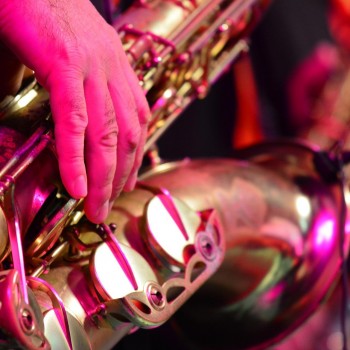
Jazz Festival
Date: April
Jazz Festival is celebrated in various parts of Tobago every April during the festival of the Tobago Jazz Experience. Music lovers converge to enjoy eleven days of jazz, world beat, salsa, Latin, R&B, soca, calypso, reggae, and many other forms of contemporary music.
The festival offers an excellent opportunity for visitors to have a unique experience of jazz, cultural heritage, local culinary delights, and historical perspective, offering music, landscape, and ambiance.

Tobago Heritage Festival
Date: mid-July to August
Tobago Heritage Festival is an annual two-week event that showcases Tobago's unique cultural traditions. There's the ole time Tobago wedding, Heel an' Toe, Bele dancing, the telling of folklore and superstitions, and a Heritage Queen competition.
You can also taste traditional Tobago food like their famous crab and dumplings. The Festival runs from mid-July to the beginning of August.

Emancipation
Date: August
Emancipation in Trinidad and Tobago marks the commemoration of liberation from chattel slavery. The Emancipation Festival is resplendent with ethnic garments, drumming, concerts, film events, and educational seminars where participants can experience an academic, spiritual, and cultural connection with the African ancestors of Trinidad and Tobago.
This month-long heritage festival culminates around August 1st with a phenomenal street parade where community groups join in a procession from the Treasury Building, Independence Square, to the Emancipation Village.

Independence Day
Date: August 31st
Commemoration of independence from Britain takes place on August 31st each year. Many locals come into the capital to see the country’s military at their finest as they proceed through the streets accompanied by their bands.
Attractions / Top Sights
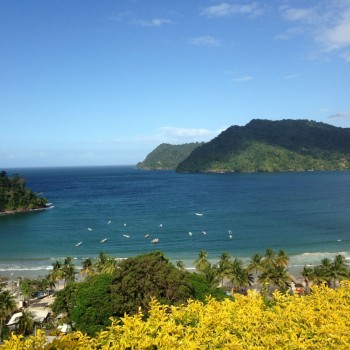
Maracas Bay
When to visit: April
Maracas Bay is one of Trinidad's most famous beaches. From Port of Spain, the scenic 40-minute drive through the mountainous rainforest provides breathtaking views of lush peninsulas jutting into the sea.
The beach itself is one of the most beautiful beaches close to the city. Deep blue bay laps this idyllic crescent of golden sand, and lushly-cloaked hillsides rise at its edges.
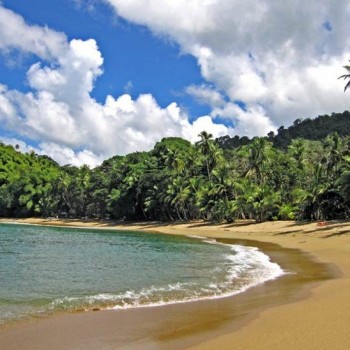
Englishman's Bay
When to visit: Between January and March
Englishman's Bay is a secluded beach on the leeward coast of Tobago, between Castara and Parlatuvier. The beach is a classic crescent shape, capped by two heavily forested headlands descending from Tobago's Main Ridge.
Although the Bay draws fewer beach-goers than Tobago's western beaches, it is considered one of the island's most beautiful.

Asa Wright Nature Centre
When to visit: Between January and March
The Asa Wright Nature Centre and Lodge is a nature resort and scientific research station in the Arima Valley of the Northern Range in Trinidad and Tobago.
The center is one of the top birdwatching spots in the Caribbean. It houses 256 species, such as Hummingbirds, woodcreepers, pygmy owls, trogons, the rare nocturnal oilbird, and many avian species spotted at this former cocoa coffee and citrus plantation.

Pigeon Point
When to visit: June to September
Pigeon Point, also known as the Pigeon Point Heritage Park, is one of Tobago's most famous stretches of coast and most beautiful beaches. It is home to the world-famous thatch-roofed jetty, which has become an internationally recognized signature of Tobago.
There are excellent beach facilities such as bathrooms, showers, beach-chair rentals and bars, and a restaurant. Tourist amenities include souvenir and water-sports shops.
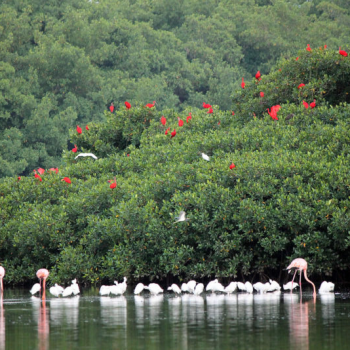
Caroni Bird Sanctuary, Trinidad
When to visit: June to September
The 12,000-acre Caroni Swamp and Bird Sanctuary is the natural nesting home of the Scarlet Ibis bird, one of the national birds of Trinidad and Tobago.
The major attraction at this mangrove is the opportunity to observe, close to sunset, the ritualistic roosting habits of thousands of these bright red birds.
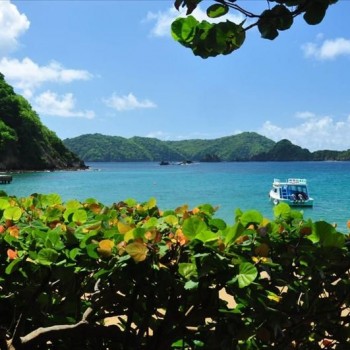
Little Tobago
When to visit: January to March
Little Tobago is a small island off the northeastern coast of Tobago and part of the Republic of Trinidad and Tobago. It is an important breeding site for seabirds such as red-billed tropicbird, Audubon's shearwater, brown booby, brown noddy, sooty, and bridled terns. More than 50 birds live on the island, including Audubon's shearwater and laughing gulls. A few pairs of white-tailed tropicbirds are also nesting here.

Mount St. Benedict Monastery
When to visit: June to September
Mount St. Benedict Monastery is one of the most impressive landmarks east of Port of Spain. It is located above the Northern Range Hills over Tunapuna.
Benedictine monks established the monastery in 1912, and the sanctuary is the largest and oldest in the Caribbean. The monastery is famous for its yogurt, shipped to supermarkets across the country.







